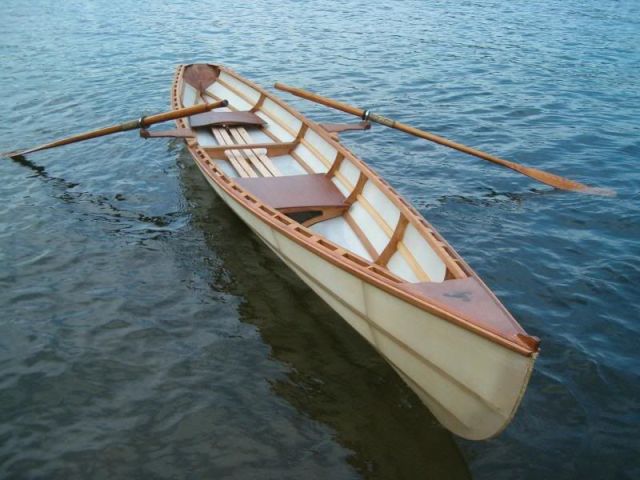A canoe is a lightweight narrow vessel, typically pointed at both ends and open on top, propelled by one or more seated or kneeling paddlers facing the direction of travel and using a single-bladed paddle.
Canoes are widely used for competition and pleasure, such as racing, whitewater, touring and camping, freestyle and general recreation. Canoeing has been part of the Olympics since 1936. Historically, canoes were dugouts or made of bark on a wood frame, but construction materials evolved to canvas on a wood frame, then to aluminum. Most modern canoes are made of molded plastic or composites such as fiberglass.
Until the mid-1800s the canoe was an important means of transport for exploration and trade, and in some places is still used as such, sometimes with the addition of an outboard motor. Where the canoe played a key role in history, such as the northern United States, Canada, and New Zealand, it remains an important theme in popular culture.
Australian Aboriginal people made canoes using a variety of materials, including tree bark and hollowed out tree trunks. Bark canoes required much skill to make, and could only be made from the bark of certain trees at the right time of year. Trees scarred by the removal of bark to make canoes became known as canoe trees by non-Indigenous people in some parts of Australia.

